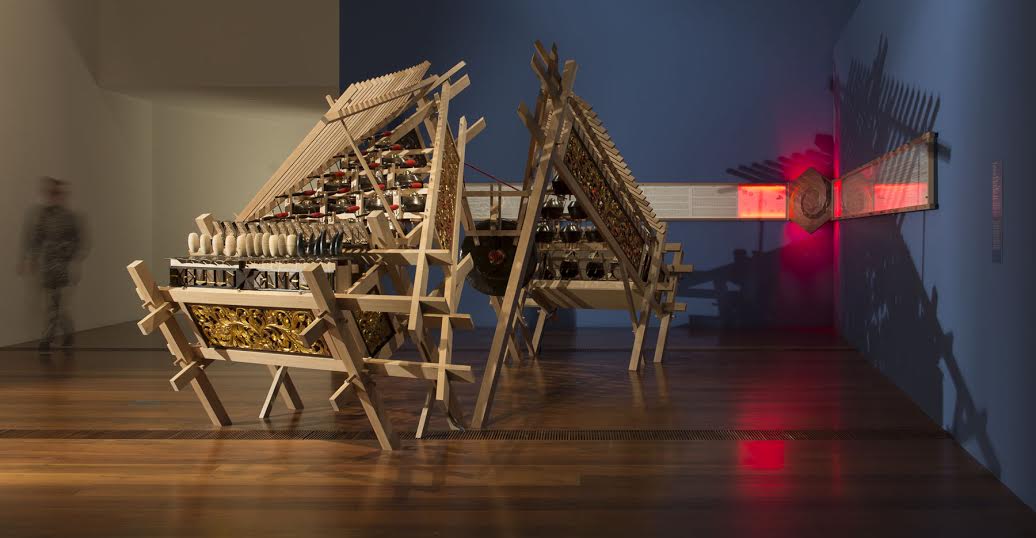
At the beginning of 2012 I started making research about Indonesian contemporary art and now I’m excited to had the chance to introduce some of these amazing artists to an Italian public through “Indonesia – Orienti Visioni Contemporanee” , a series of screening of video art in Villa Ada’s Art Project Space.
For this screening, part of MNAO Contemporary program, I wanted to show three completely different approaches to video art, presenting new-media pioneers Krisna Murti and Tintin Wulia, and the most irreverent bunch of punks in the whole Asia-Pacific, namely Punkasila and Slave Pianos.
Despite the title of the program, I tried to steer away from any kind of representation of “Indonesianess”. Krisna Murti makes an aesthetically mesmerizing observation on traditions slowly fading away. On the other hand, Tintin Wulia’s way of working goes beyond her nationality, in fact she works around the concept of nation and national boundaries itself. Punkasila and Slave Pianos, joining forces just like a crossover from some comic book, give space to their wildest fantasies, imagining an alien invasion starting from Java.
So, here a preview of what you will see this week if you happen to pass by the Art Project Space in Villa Ada.




